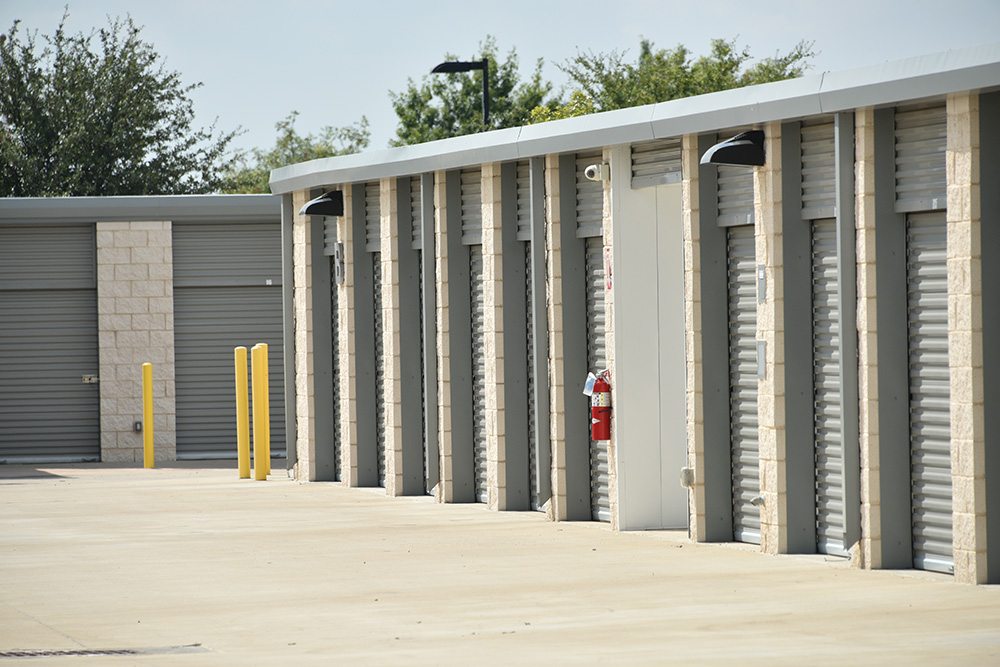Worldwide, Self Storage is one of the most successful asset classes with major REITS outperforming most, if not all, other investment sectors.
Self Storage is rapidly growing globally, with hundreds of new sites being built world wide.
Self Storage facilities are major capital investments, but unlike cash investments, returns to investors do not flow from day one. The let up time to breakeven for an average Self Storage site can be from 24 to 48 months, taxing cash flows and bank accounts.
As a new facility lets up from the first day, occupancy grows rapidly. After about three months, move outs start to occur and this slows down growth. Smart Self Storage operators know this is the time to promote move ins.
Income maximisation should begin on the first day of opening. Often, vacancy is used as a barrier to make rate changes. In reality, revenue management must start from the first day.
When opening a new facility, mistakes are sometimes made surrounding the concessions and discounts made available to customers. Some larger operators choose to quickly fill their new sites with discounted renters. The argument they make is that ‘we need to get in the customers quickly.
The trouble is, often these discounts weren’t included in the original feasibility report for the facility. If the study showed the potential for good growth and a steady increase in occupancy, it’s fair to assume that a discounted rate was not used to present the argument to build.
Getting the revenue that the banks and investors expect is a challenge, and experienced operators can achieve successful levels of income with good revenue management.
Using District Manager right from the start will ensure rate optimisation. Often overlooked, especially at lower occupancies, is rate maximisation of unit types.
New Self Storage sites can miss out on much needed income by focusing on every new let, and as a particular size fills, its rate can be increased, even though the facility is far from fully let. This is the best time to use District Manager to highlight what is renting and what isn’t. This is really important if the facility build is staged.
Additional income driven by District Manager can grow the economic occupancy far higher than the physical occupancy, delivering higher income and achieving breakeven faster.
Importantly, much needed analytical data is gathered for future optimisation. District Manager is constantly reviewing data in real time, and concession and discount plan analysis is critical in the life of a new facility as it helps to fine-tune prices as rental occupancy grows.
Decisions based on gut feeling are often made to set rates. Inexperience replaces gut feeling at newer sites – and getting the rates wrong at the start of the occupancy ladder sets up an almost impossible job to maximise rates when occupancy stabilises.
Discounted rates also create rate confusion with storers, especially in a new market that has not been exposed to Self Storage before. Renters need to have confidence in pricing.
‘Opening specials’ are often used to entice new customers when a new facility opens. These need to be well thought out and monitored to ensure the new site is not filled with discount renters.
If you end up giving more than 15% of your revenue away to entice move ins, ensure you factor this into any feasibility.
District Manager LITE and District Manager PRO help profile renters, review concessions and make data based recommendations for rates.
Importantly, revenue management uses its sophisticated tools to set rates that are market ready. The real outcome is that facility value is tuned to the market, not to discounted rates.
That’s real cash back in your and your investor’s pockets. Ask us how we can maximise your Self Storage revenue today. To learn more about operating a Self Storage facility’s finances, read our article on why traditional billing and accounting software doesn’t work for Self Storage.







